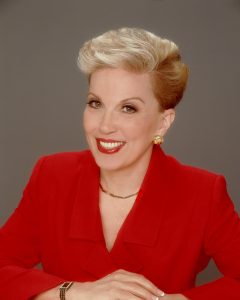
“Furiosa: A Mad Max Saga” continues super violent, futuristic franchise
Arriving globally this week, the extravagantly grotesque and physically astounding action film “Furiosa: A Mad Max Saga” marks only the fifth entry in one of cinema’s most successful and mightily influential franchises.
Unlike James Bond 007 and Harry Potter, “Mad Max” began in 1979 as a scrappy low-rent Australian entry with a 21-year-old actor – Mel Gibson – and a director – George Miller – no one had ever heard of. While it soared to number one at the Aussie box-office and helped usher in the nation’s cinematic New Wave, its American release was minor – regarded as a low-rent biker movie destined for drive-ins, it was given a dubbed English language soundtrack due to the pronounced Aussie-accented dialogue.
But this slightly futuristic, extremely violent, dystopian action thriller had a vitality, a visceral punch, that announced a new kind of hero in Max Rockatansky, a cop in a gutted, lawless landscape vowing vengeance on the biker gang who had murdered his wife and child. It was influenced by American westerns and apocalyptic notions and in turn influenced fashion and filmmaking when it became the most profitable independent film ever made.
It bloomed into Miller’s trilogy which would transform the vengeance-driven, self-interested Max into a kind of religious figure. The 1981 “Mad Max 2,” known as “The Road Warrior” in the US, arrived with a bigger budget and an international star and heartthrob in Gibson.
The story, modeled after the 1954 Japanese hit “The Seven Samurai” that became the 1960 American Western hit “The Magnificent Seven,” saw a group of settlers standing up to a roving gang of murderers and thieves. It was widely praised, especially for its kinetic action sequences.
The 1985 “Mad Max: Beyond Thunderdome” was boosted by the addition of rock n’ roll icon Tina Turner as a post-apocalyptic ruler. The Thunderdome is a gladiatorial arena where combatants fight to the death. Turner’s end-credits song “We Don’t Need Another Hero (Thunderdome)” was also a hit.
That concluded Gibson’s portrayal of Max and the series. Until 30 years later when Miller resurrected Max, now played by British actor Tom Hardy, but shifted the focus to a woman warrior and amputee Furiosa (Charlize Theron), in “Mad Max: Fury Road.”
Miller’s many earlier attempts to revive the series had been thwarted by real events like 9/11 and Gibson’s highly publicized problems that prompted recasting.
“Fury Road” was a blockbuster success, the highest grossing entry in the series. Nominated for 10 Academy Awards, it won six but not for Miller’s direction nor for its visual effects or cinematography.
Canonized as among the greatest action films of all time and Miller’s defining opus, “Fury Road” has now spawned, nearly a decade later, an origin story with “Furiosa.” It is notable in not having Max.
“Furiosa: A Mad Max Saga” opens May 24

